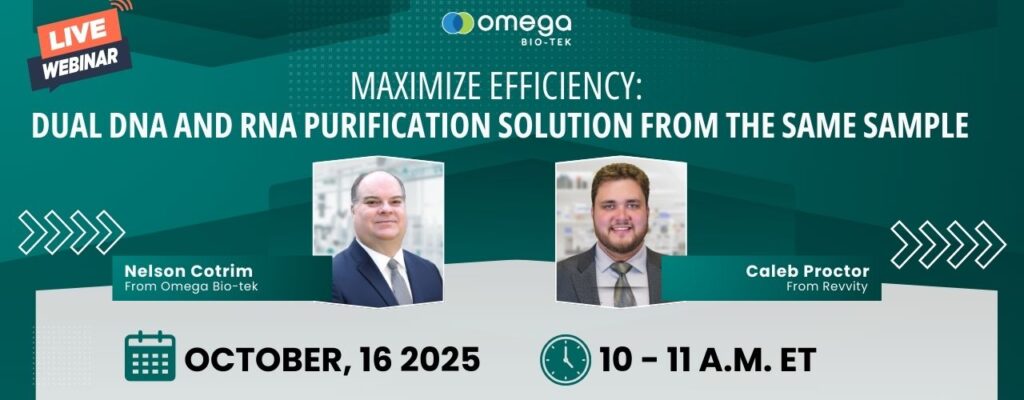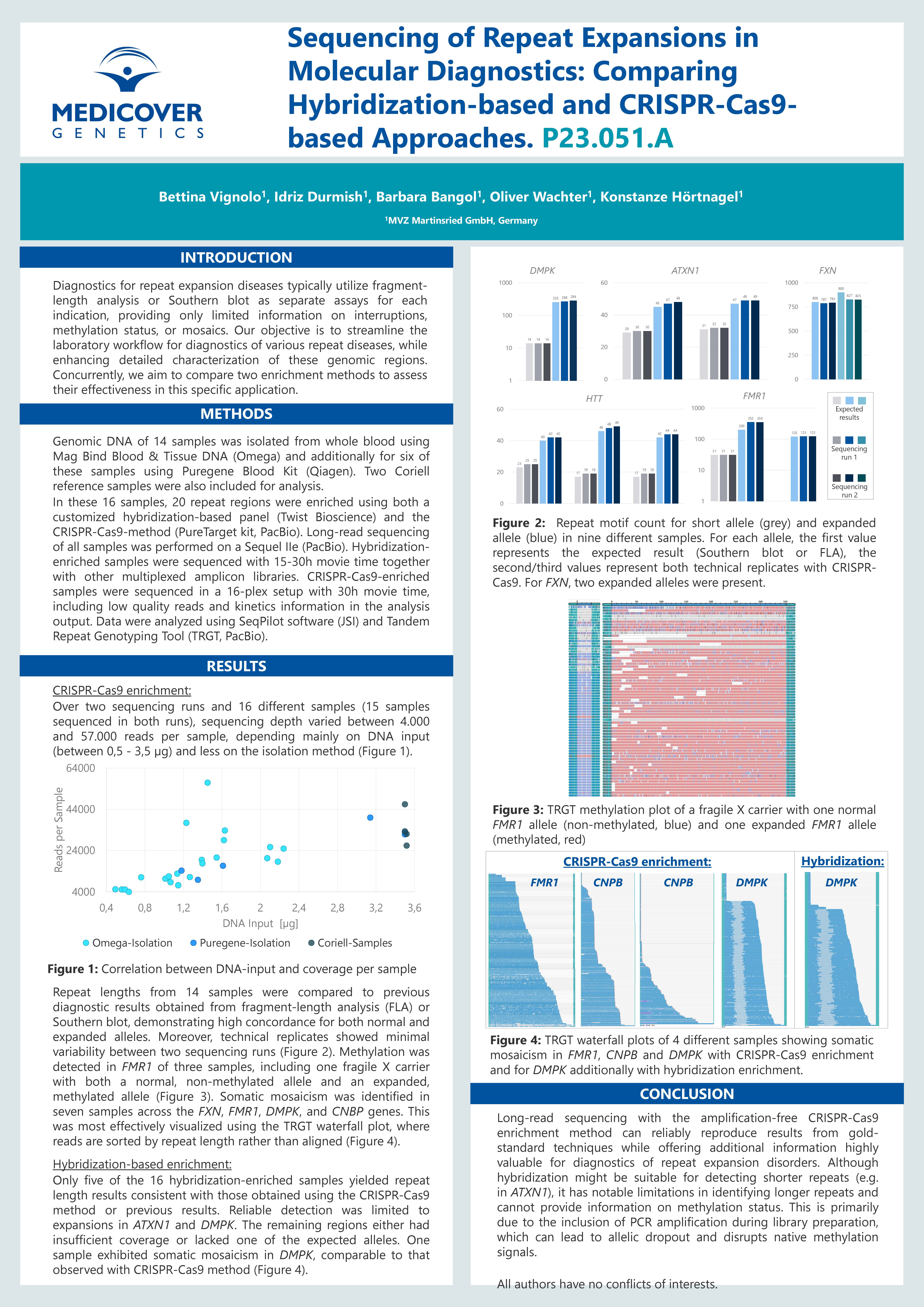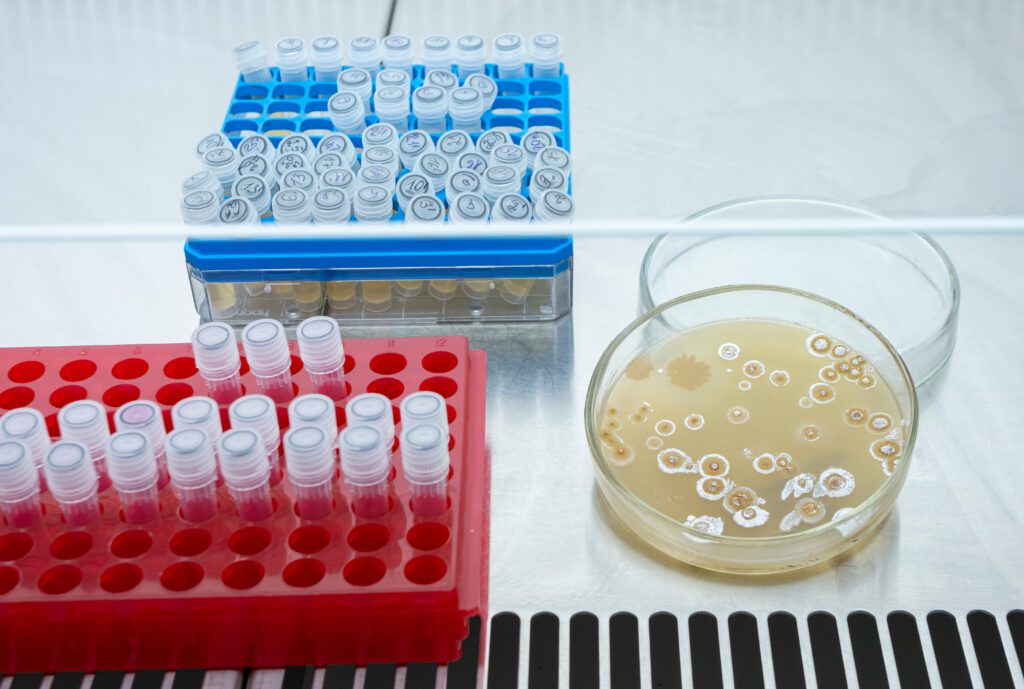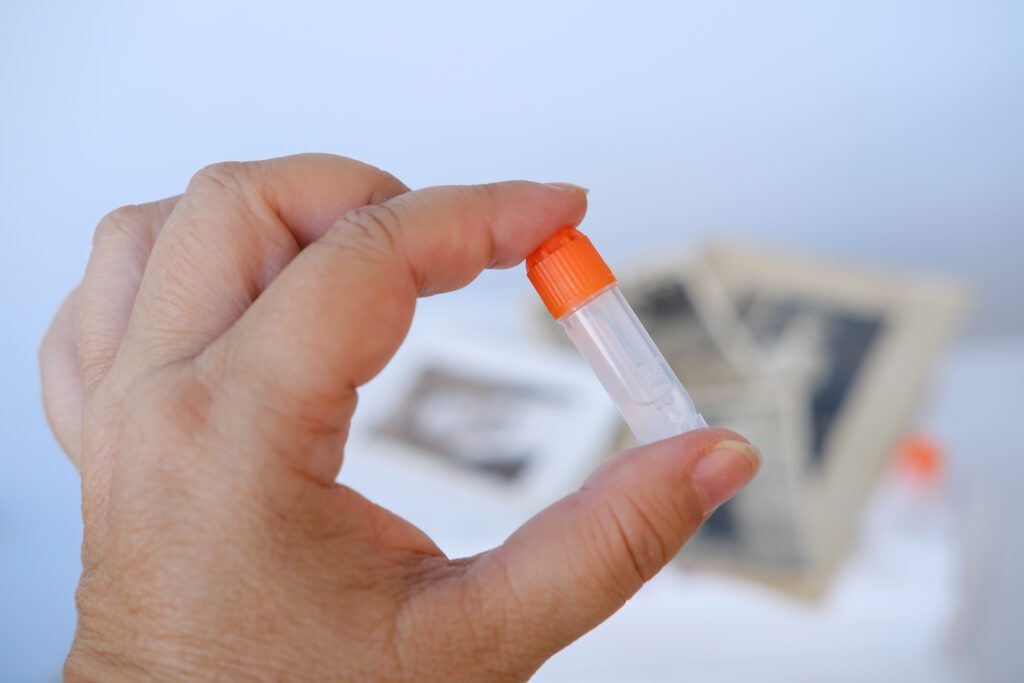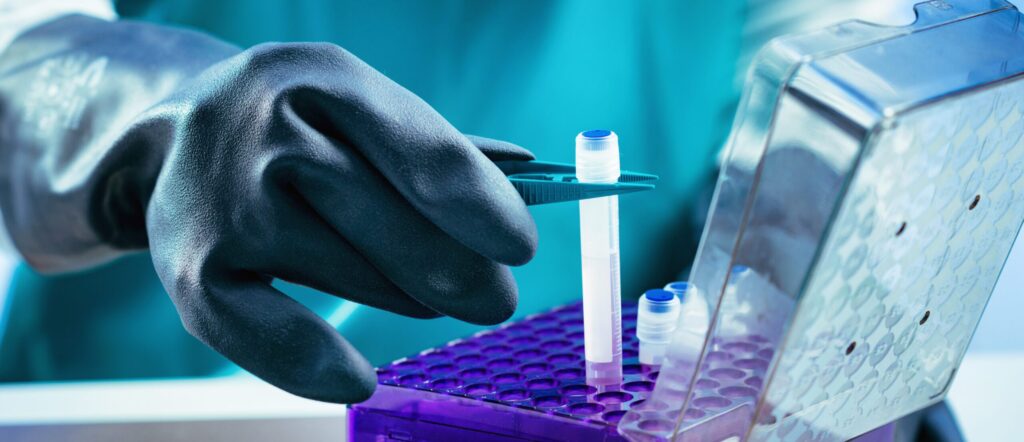Webinar: Maximize Efficiency: Dual DNA and RNA Purification Solution from the Same Sample
Extraction of DNA and RNA from the sample source maximizes the information gained from precious or limited materials, providing an integrated molecular view. It enables researchers to correlate both genomic and transcriptomic data from the cellular matrix, eliminating the problem of sample variability. Omega Bio-tek has developed an innovative nucleic acid extraction methodology (Mag-Bind® DNA/RNA […]

